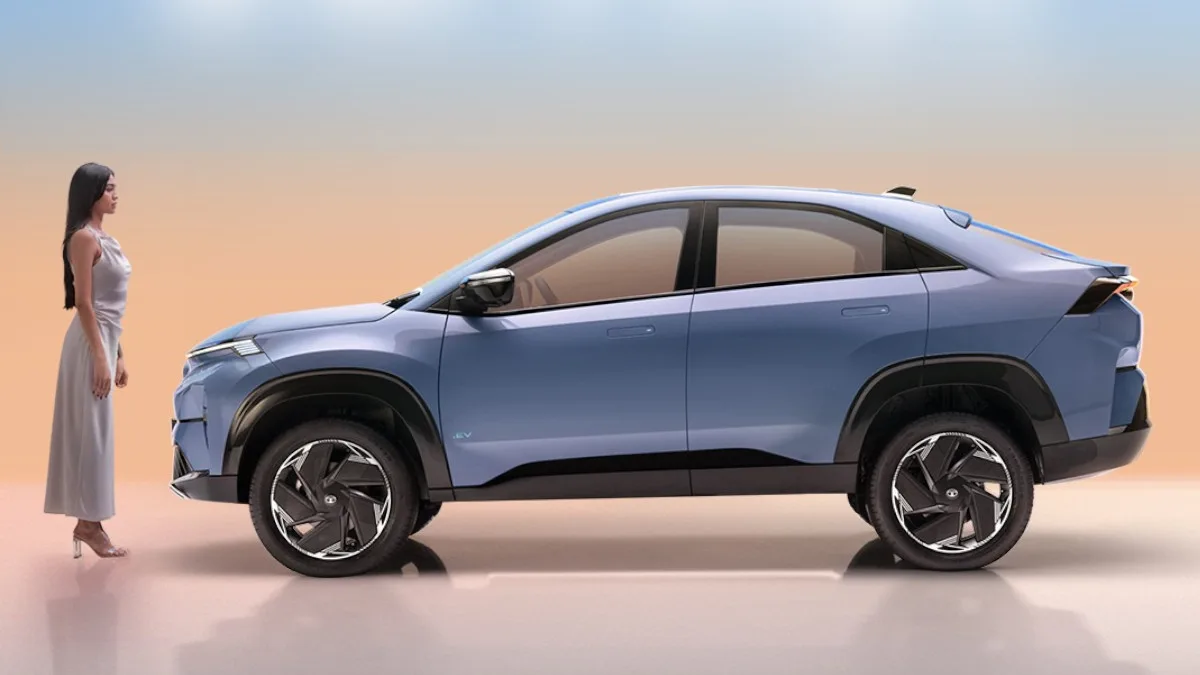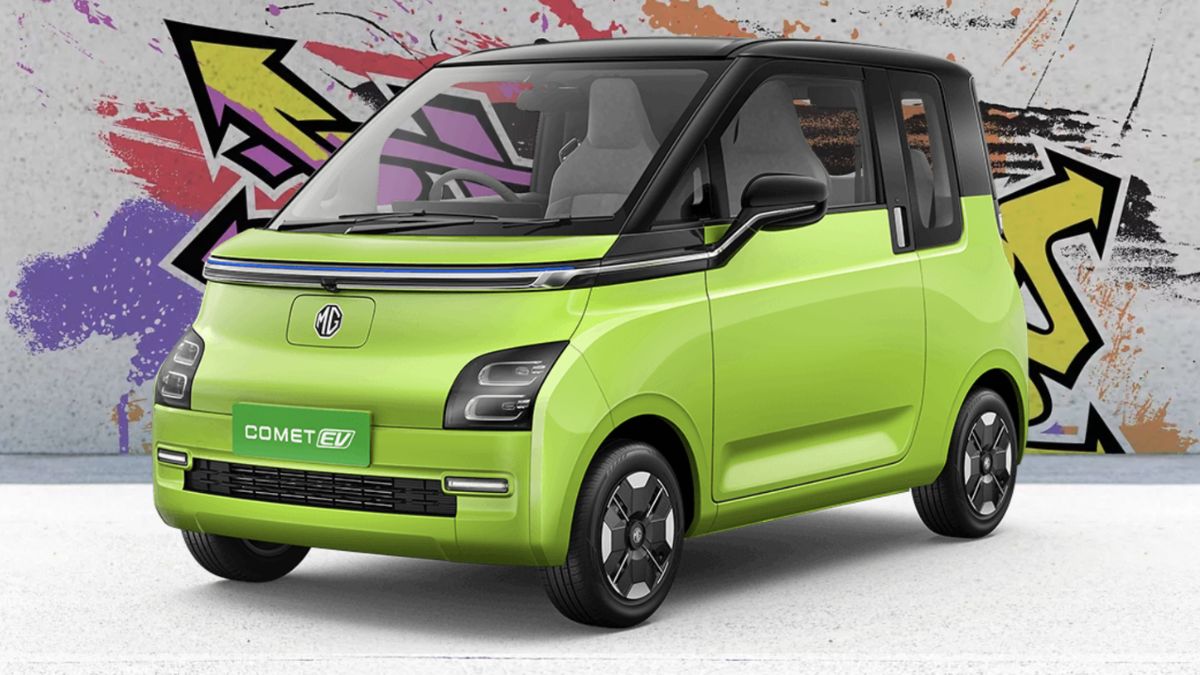Tata Motors is set to disrupt the compact SUV segment once again with the highly anticipated Curvv. This versatile offering will be available in both internal combustion engine (ICE) and electric (EV) variants. With the launch and price reveal scheduled for August 7, 2024, anticipation is at an all-time high. Ahead of the launch, crucial details about the Curvv EV’s battery pack options have surfaced.
Curvv EV Battery Pack Options
Similar to its other electric offerings, the Curvv EV will come in two primary variants: standard and long-range. The standard variant will be equipped with a familiar 40.5 kWh battery pack, identical to the one found in the Nexon Long Range. This configuration is certified by ARAI to deliver a commendable range of 465 km.
For those seeking an extended range, the higher variants of the Curvv EV will boast a larger 55 kWh battery pack. While an official range figure is yet to be announced, it’s expected to hover around the 550 km mark. Notably, the Curvv EV’s underlying acti.ev platform has the potential to achieve an impressive range of up to 600 km. Tata Motors is likely to push the boundaries to deliver best-in-class range for its flagship electric SUV. Regardless of the variant, all Curvv EVs will feature a front-axle mounted electric motor.
Curvv EV vs. Rivals: Battery and Range Comparison
At launch, the Curvv EV will directly compete with the established MG ZS EV. Equipped with a 50.3 kWh battery pack and a claimed range of 461 km, the ZS EV is a formidable contender. However, with the Curvv EV’s anticipated range of around 550 km, Tata Motors is poised to take the lead in terms of driving range.
The competitive landscape is set to intensify with the upcoming launches of the Hyundai Creta EV and Maruti eVX. The Creta EV is projected to have a 45-50 kWh battery pack and a range of approximately 450 km. On the other hand, the Maruti eVX is expected to pack a larger 60 kWh battery with a claimed range of around 550 km. While the Maruti eVX might appear to be a closer rival in terms of battery capacity and range, the real-world performance and efficiency will ultimately determine the winner.
It’s important to note that range might not be the sole deciding factor in the future of electric vehicles. The rapid expansion of charging infrastructure and advancements in battery technology, including ultra-fast charging capabilities, are changing the game. Customers can expect to quickly replenish their vehicles’ batteries with minimal downtime.
Tata Motors’ Commitment to Charging Infrastructure
As a pioneer in the Indian electric vehicle market, Tata Motors boasts a robust portfolio of electric cars, including the Tigor EV, Tiago EV, Punch EV, and Nexon EV. With the upcoming launches of the Harrier EV and Avinya EV, the company’s electric vehicle lineup is set to expand further. Currently commanding a market share of over 63% in the mainstream PV segment (as of June 2024), Tata Motors is committed to addressing range anxiety concerns among its customers.
To support its growing EV ecosystem, the company has ambitious plans to install around 1 lakh charging stations by 2030. This extensive charging network will provide convenience and peace of mind to Tata Motors’ EV owners, solidifying its position as a leader in sustainable mobility.
The Tata Curvv EV is undoubtedly a highly anticipated addition to the Indian automotive market. With its impressive battery options, stylish design, and Tata Motors’ strong commitment to electric mobility, the Curvv EV has the potential to redefine the compact SUV segment.
Discover more from Wheels Craze - Automotive News, EV News, Car News, Bike News
Subscribe to get the latest posts to your email.



